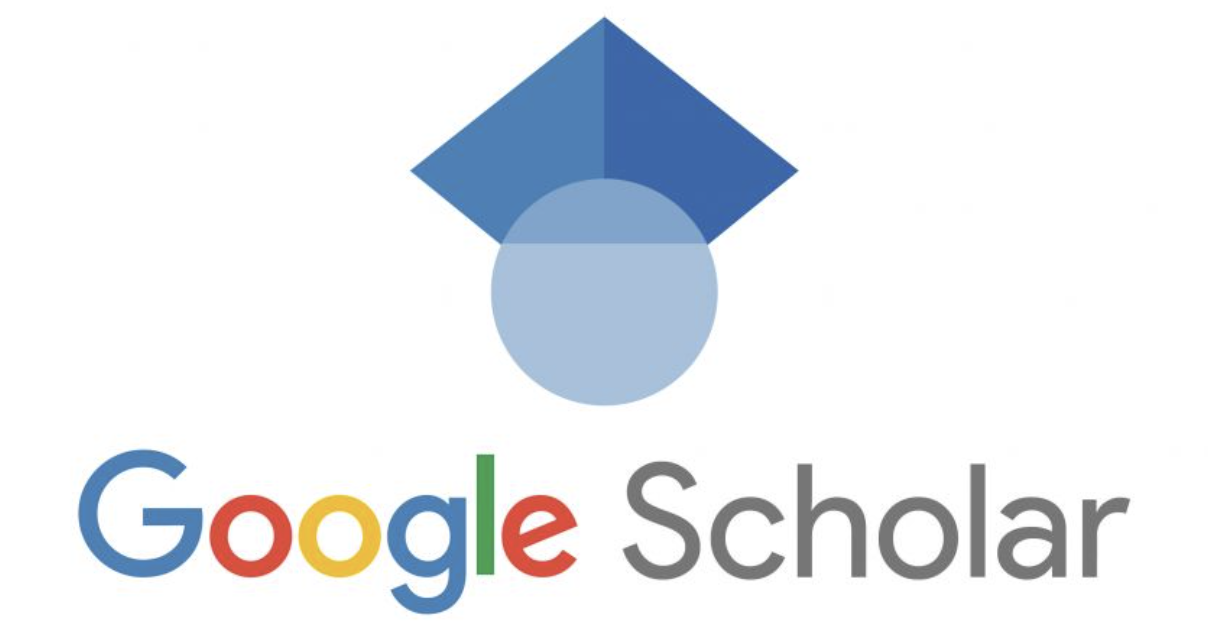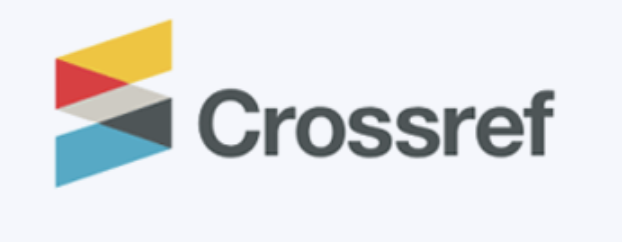The Effect of a Flipped Classroom with Youtube Integration Towards Students’ Listening Skill in SMAN 1 Seririt
DOI:
https://doi.org/10.52217/ijlhe.v8i2.1914Keywords:
English Language Learning, Flipped Classroom, Listening Skills, YouTube IntegrationAbstract
This study investigated the impact of integrating YouTube into a flipped classroom model to improve students’ listening skills at SMAN 1 Seririt. The aim was to determine whether this strategy significantly improved students’ listening comprehension compared to conventional teaching. This study was motivated by the observed challenges that students faced in comprehending English listening materials using traditional teaching methods. The focus of this study was on the implementation of the flipped classroom approach, where students watched educational videos from YouTube before class, so that class time could be used for interactive and practical activities. Two eleventh-grade classes were selected as the experimental and control groups, using a quantitative method with a quasi-experimental approach. The experimental group received instruction through the flipped classroom method using YouTube videos, while the control group followed traditional instruction. Data were collected through pre-tests and post-tests assessing listening skills and were analyzed using descriptive and inferential statistics, including t-tests. Supported by a medium effect size (Cohen’s d = 0.61), the findings indicated that the experimental group showed statistically significant improvements in listening skills. Thus, integrating YouTube in a flipped classroom setting effectively improved students’ listening comprehension and offered a student-centered, engaging, and flexible learning experience.
References
Al-Zoubi, A. M., & Suleiman, L. M. (2021). Flipped classroom strategy based on critical thinking skills: Helping fresh female students acquire the derivative concept. International Journal of Instruction, 14(2), 791–810. https://doi.org/10.29333/iji.2021.14244a
Alqahtani, E. T. (2022). Effectiveness of using YouTube on enhancing EFL students’ listening comprehension skills [Master’s thesis, Kingdom of Saudi Arabia Ministry of Higher Education]. https://www.awej.org/images/Theseanddissertation/EbtissamAlqahtani/ebtissamalqahtanifullthesis.pdf
Andewi, W., & Hastomo, T. (2022). Effect of using flipped classroom for teaching writing based on students’ motivation: A quasi-experimental research. Premise: Journal of English Education and Applied Linguistics, 11(3), 615–631. https://doi.org/10.24127/pj.v11i3.5511
Hastomo, T., Sari, A. S., Widiati, U., Ivone, F. M., Zen, E. L., & Andianto, A. (2025). Exploring EFL teachers’ strategies in employing AI chatbots in writing instruction to enhance student engagement. World Journal of English Language, 15(7), 93–102. https://doi.org/10.5430/wjel.v15n7p93
Ampa, A. T. (2015). The implementation of interactive multimedia learning materials in teaching listening skills. English Language Teaching, 8(12), 56–68. https://doi.org/10.5539/elt.v8n12p56
Baig, M. I., & Yadegaridehkordi, E. (2023). Flipped classroom in higher education: A systematic literature review and research challenges. International Journal of Educational Technology in Higher Education, 20(1), 1–22. https://doi.org/10.1186/s41239-023-00430-5
Cholilah, M., Tatuwo, A. G. P., Komariah, & Rosdiana, S. P. (2023). Pengembangan kurikulum merdeka dalam satuan pendidikan serta implementasi kurikulum merdeka pada pembelajaran abad 21. Sanskara Pendidikan dan Pengajaran, 1(2), 56–67. https://doi.org/10.58812/spp.v1i02.110
Guillén-Gámez, F. D., Colomo-Magaña, E., Ruiz-Palmero, J., & Tomczyk, Ł. (2024). Teaching digital competence in the use of YouTube and its incidental factors: Development of an instrument based on the UTAUT model from a higher order PLS-SEM approach. British Journal of Educational Technology, 55(1), 340–362. https://doi.org/10.1111/bjet.13365
Gustian, K., Aridah, & Rusmawaty, D. (2023). The benefits of flipped classroom model for EFL learners. Journal on Education, 5(4), 13918–13935.
Heredia-Arboleda, E. E., Cadena Figueroa, M. N., Ullauri Moreno, M. I., & Chiriboga Cevallos, A. A. (2024). The flipped classroom to improve the EFL listening skill. Theory and Practice in Language Studies, 14(7), 1960–1970. https://doi.org/10.17507/tpls.1407.02
Hosein, A., Hashemi, G., Alsadaji, A. J., Mohammed, Z. J., & Masoudi, S. (2022). The effect of flipped classroom on student learning outcomes: An overview. Med Edu Bull, 3(2), 431–440. https://doi.org/10.22034/meb.2022.332357.1052
Kien, N. T., & Hong, N. T. P. (2022). The effects of the flipped classroom in teaching English listening skills: Vietnamese EFL learners’ experience. International Journal of Science and Management Studies, 5(4), 302–310. https://doi.org/10.51386/25815946/ijsms-v5i4p132
Kusuma, I. P. I. (2022). How does a TPACK-related program support EFL pre-service teachers’ flipped classrooms? LEARN Journal: Language Education and Acquisition Research Network, 15(2), 300–325.
Kusuma, I. P. I., Mahayanti, N. W. S., Adnyani, L. D. S., & Budiarta, L. G. R. (2021). Incorporating e-portfolio with flipped classrooms: An in-depth analysis of students’ speaking performance and learning engagement. JALT CALL Journal, 17(2), 93–111. https://doi.org/10.29140/jaltcall.v17n2.378
Kutlu, Ö., & Aslanoǧlu, A. E. (2009). Factors affecting the listening skill. Procedia - Social and Behavioral Sciences, 1(1), 2013–2022. https://doi.org/10.1016/j.sbspro.2009.01.354
Lepkova, N., Gulsecen, S., & Talan, T. (2024). Flipped classroom method application: Case study analysis. Baltic Journal of Modern Computing, 12(2), 150–164. https://doi.org/10.22364/bjmc.2024.12.2.02
Liubinienė, V. (2009). Developing listening skills in CLIL. Studies About Languages, 15, 89–93. https://www.researchgate.net/publication/228757068
Margawidjaya, D., Herlina, R., & Irianti, L. (2024). Fostering students’ listening skills through YouTube videos integrated with Edpuzzle online platform. Journal of English Education Program, 11(2), 123–132. https://doi.org/10.25157/jeep.v11i2.15477
Maziriri, E. T., Gapa, P., & Chuchu, T. (2020). Student perceptions towards the use of YouTube as an educational tool for learning and tutorials. International Journal of Instruction, 13(2), 119–138. https://doi.org/10.29333/iji.2020.1329a
Nja, C. O., Orim, R. E., Neji, H. A., Ukwetang, J. O., Uwe, U. E., & Ideba, M. A. (2022). Students’ attitude and academic achievement in a flipped classroom. Heliyon, 8(1), e08792. https://doi.org/10.1016/j.heliyon.2022.e08792
Pangestu, R. F., Alfatikhah, S. N., & Rachman, I. F. (2024). Efektivitas penggunaan platform YouTube sebagai media pembelajaran untuk meningkatkan literasi digital pada mahasiswa dengan tujuan pembangunan berkelanjutan. Jurnal Penelitian dan Pengembangan Ilmu Pendidikan, 1(4), 5–11. http://jurnalistiqomah.org/index.php/jppi/article/view/1281
Putu Indra Kusuma, I. (2020). The investigation of flipped classrooms on students’ speaking performance and self-regulated learning. Pertanika Journal of Social Sciences and Humanities, 28(3), 2027–2042.
Ratminingsih, N. M. (2012). Teaching techniques, types of personality, and English listening skill. Jurnal Ilmu Pendidikan Universitas Negeri Malang, 18(1), 104–110.
Santos, A. I., & Serpa, S. (2020). Flipped classroom for an active learning. Journal of Education and E-Learning Research, 7(2), 167–179. https://doi.org/10.20448/journal.509.2020.72.167.173
Sharma, T., & Sharma, S. (2021). A study of YouTube as an effective educational tool. Journal of Contemporary Issues in Business and Government, 27(1), 2021–2029. https://cibg.org.au/2686
Thatphaiboon, R., & Sappapan, P. (2022). The effects of the flipped classroom through online video conferencing on EFL learners’ listening skills. Arab World English Journal, 13(3), 89–105. https://doi.org/10.24093/awej/vol13no3.6
Vaezi, R., Afghari, A., & Lotfi, A. (2019). Investigating listening comprehension through flipped classroom approach: Does authenticity matter? CALL-EJ, 20(1), 178–208.
van Alten, D. C. D., Phielix, C., Janssen, J., & Kester, L. (2019). Effects of flipping the classroom on learning outcomes and satisfaction: A meta-analysis. Educational Research Review, 28, 1–18. https://doi.org/10.1016/j.edurev.2019.05.003
Woottipong, K. (2014). Effect of using video materials in the teaching of listening skills for university students. International Journal of Linguistics, 6(4), 200–212. https://doi.org/10.5296/ijl.v6i4.5870
Zainuddin, Z., & Halili, S. H. (2022). Flipped classroom research and trends from different fields of study. International Review of Research in Open and Distributed Learning, 17(3), 313–340. http://iiste.org/Journals/index.php/JEP/article/view/10648
Zhao, X., & Yang, Y. (2023). Impact of social media-supported flipped classroom on English as a foreign language learners’ writing performance and anxiety. Frontiers in Psychology, 13, 1–12. https://doi.org/10.3389/fpsyg.2022.1052737














